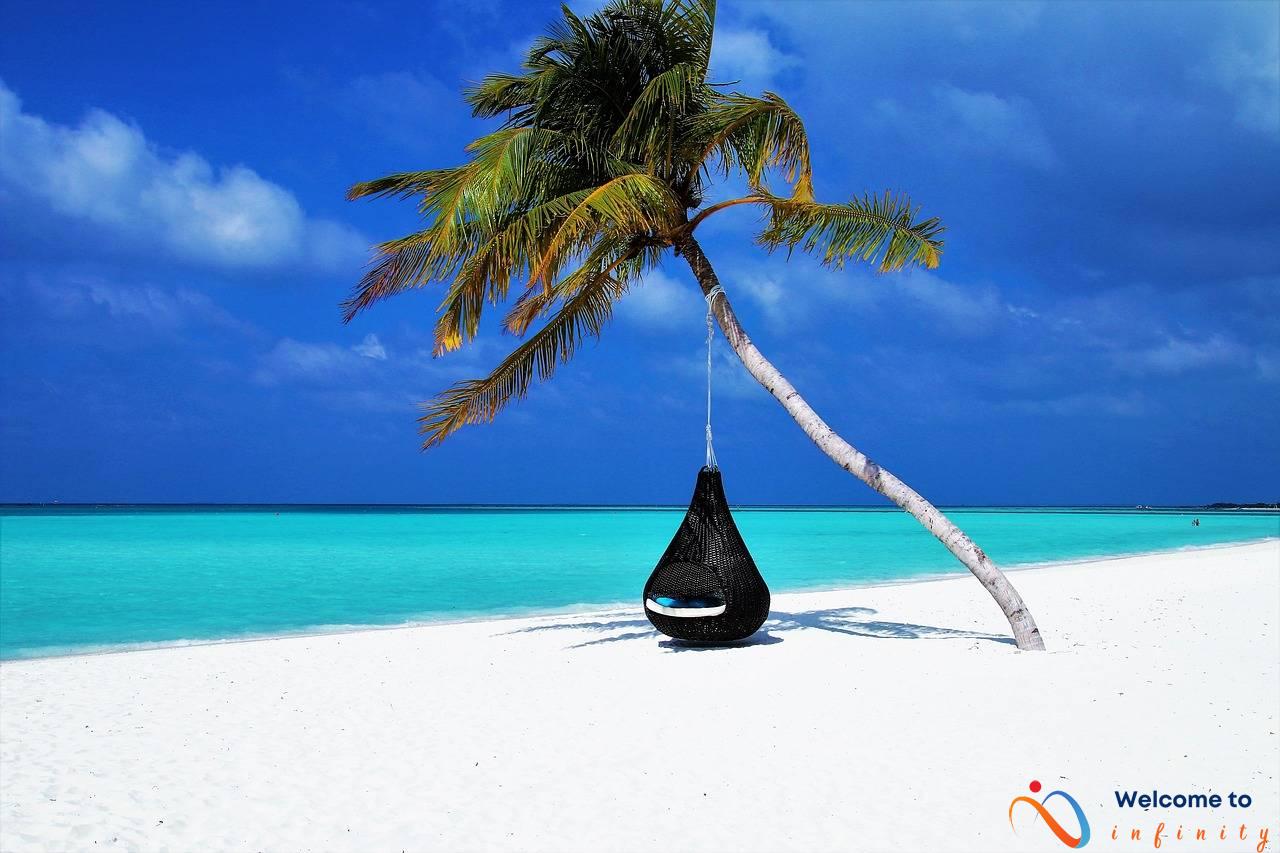Acne is a common skin condition that affects people of all ages. It occurs when hair follicles become clogged with oil and dead skin cells, leading to pimples, blackheads and whiteheads. Although there are several treatment options available, lasers and light therapy have emerged as promising treatments for acne.
Lasers and light therapy work by penetrating the skin and killing acne-causing bacteria. They can also reduce inflammation, improve skin texture and stimulate collagen production. Overall, studies have shown that these treatments can be effective in reducing acne lesions and improving the appearance of the skin.
However, like any treatment, there are pros and cons to using lasers and light therapy for acne. Some potential side effects include redness, swelling and sensitivity to light. These treatments are also not suitable for all skin types, particularly those with darker skin tones. It's important to consult with a qualified dermatologist to determine whether these treatments are right for you.
The cost of lasers and light therapy for acne treatment can vary depending on several factors, such as the severity of the acne and the number of treatments needed. On average, a single session can cost between $200 to $500, and multiple sessions may be required for optimal results. However, insurance may cover some or all of the cost, so it's important to check with your provider.
For those who prefer alternative acne treatment options, prescription medications and over-the-counter topical products are available. Lifestyle changes can also help manage acne, such as maintaining a healthy diet, using non-comedogenic skincare products, and minimizing stress levels.
In conclusion, while lasers and light therapy can be effective treatments for acne, they may not be suitable for everyone and can be costly. It's important to weigh the pros and cons and consult with a dermatologist before making a decision. Alternative treatment options are also available and may be more cost-effective.
What Is Acne?
Acne is a common skin condition that affects people of all ages and genders. It occurs when hair follicles become clogged with oil and dead skin cells, resulting in pimples, blackheads, and whiteheads. Acne can be classified into different types, including:
- Whiteheads: small, round, white bumps that are usually not inflamed
- Blackheads: small, dark bumps that are open to the skin surface and have a black appearance
- Papules: small, red, raised bumps that are usually not filled with pus
- Pustules: similar to papules, but filled with pus
- Cysts: large, painful, and filled with pus
Acne can occur on different parts of the body, including the face, neck, chest, shoulders, and back. It can have a significant impact on a person's self-esteem, leading to feelings of anxiety and depression. Acne can also cause scarring, especially if left untreated or if someone tries to pick or pop their pimples.
The causes of acne are not fully understood, but several factors can contribute to its development. Hormonal changes, such as those that occur during puberty or pregnancy, can increase oil production and lead to acne. Stress, certain medications, and a diet high in processed foods and sugar can also contribute to acne development.
The Benefits of Using Lasers and Light Therapy for Acne
Lasers and light therapy have become popular methods for treating acne due to their effectiveness and minimum side effects. These treatments work by targeting the bacteria that cause acne, reducing inflammation, and promoting the growth of new, healthier skin cells.
laser treatments involve the use of a concentrated beam of light that penetrates the skin's surface, targeting the sebaceous glands and bacteria that cause acne. This treatment is effective in reducing the number and severity of acne lesions, and it also helps to prevent scarring. Light therapy, on the other hand, uses different wavelengths of light to penetrate the skin. Blue light targets the bacteria that cause acne, while red light helps to reduce inflammation and promote healing.
Compared to other treatments for acne, lasers and light therapy have several benefits. One of the main benefits is their effectiveness, as clinical studies have shown that they can significantly improve acne symptoms. They also have few side effects, with the most common side effect being mild redness and swelling that typically fades within a few hours after treatment. Additionally, this treatment option is non-invasive and does not require the use of medication, making it a great option for those who prefer natural remedies over synthetic drugs.
However, it's important to note that lasers and light therapy may not work for everyone. Those with severe acne or those that don't respond to other treatments may not see significant improvement with laser or light therapy alone. It's also important to speak with a dermatologist or healthcare provider to determine if this type of treatment is suitable for your skin type and condition.
- Benefits of Lasers and Light Therapy for Acne:
- – Effective in reducing acne lesions and preventing scarring
- – Few to no side effects
- – Non-invasive and drug-free
Overall, lasers and light therapy are effective and safe options for treating acne. While they may not work for everyone, they are worth considering for those who have tried other treatments with little success. Consult with a dermatologist to determine if this treatment option is right for you.
The Pros and Cons of Lasers and Light Therapy for Acne
Using lasers and light therapy for acne treatment can be effective, but it's crucial to consider the potential risks and side effects before committing to the treatment. One significant benefit of using lasers and light therapy is that they target the bacteria that cause acne, resulting in reduced inflammation and fewer breakouts. Additionally, they provide a long-lasting solution, often exceeding the effectiveness of topical creams and medications.
However, there are also potential drawbacks to using lasers and light therapy for acne. Lasers can sometimes cause burns, blisters, or hyperpigmentation in some patients. In rare cases, it can also cause scarring. Patients with darker skin tones may have a higher risk of experiencing side effects from laser treatments.
It's also essential to note that not all skin types are suitable for laser and light therapy acne treatments. For example, if you have open sores or active herpes, or if you're pregnant, it's not recommended to undergo laser treatments. Ultimately, it's best to have a consultation with a dermatologist to determine if laser and light therapy are right for your skin and unique acne situation.
In summary, the potential benefits of using lasers and light therapy for acne include targeting breakouts and providing long-lasting results. However, patients must also consider the potential side effects, risks, and whether it's suitable for their skin type before undergoing treatment. A dermatologist can provide valuable insight and guidance on the best course of action for acne treatment.
The Cost of Lasers and Light Therapy for Acne Treatment
Laser and light therapy for the treatment of acne can be a costly option. The average cost of a single session can range from $75 to $200, with a full treatment course typically requiring multiple sessions over a period of several months. The cost can be higher or lower depending on various factors such as the severity of the acne, the type of equipment used, the location of the treatment facility, and the experience of the practitioner.
Insurance coverage for laser and light therapy for acne can vary. Most insurance policies do not cover this type of treatment as it is considered to be a cosmetic procedure. However, some insurance plans may cover a part or all of the cost if the treatment is considered medically necessary due to the severity of the acne. It is best to check with your insurance provider before undergoing treatment to know the extent of their coverage if any.
Considering the cost of laser and light therapy, it may not be the most viable option for everyone. There are other treatment options available for those who cannot afford this type of treatment. For instance, over-the-counter topical products, such as creams and gels, can be purchased at a lower cost. But these can be more time-consuming to apply and may take longer to produce the desired effects. Prescription medications are another option and can range in price depending on the type and duration of treatment prescribed.
Overall, the cost of laser and light therapy for acne treatment may vary depending on various factors. It is important to consider the cost and weigh it against other available treatment options, as well as any potential risks and benefits. Consulting with a dermatologist or skin specialist can help in deciding whether laser or light therapy is the most suitable option for your skin type and acne condition.
Alternative Acne Treatments
While lasers and light therapy can be effective in treating acne, there are also alternative acne treatments available. Prescription medications, such as antibiotics and retinoids, are commonly used to treat acne. Antibiotics work by killing the bacteria that cause acne, while retinoids (such as tretinoin) help to unclog pores and reduce inflammation.
Over-the-counter topical products, such as benzoyl peroxide and salicylic acid, are also popular choices for treating acne. Benzoyl peroxide works by reducing the amount of bacteria on the skin and helping to unclog pores, while salicylic acid helps to exfoliate the skin and reduce inflammation.
When comparing these alternative treatments to lasers and light therapy, it's important to consider their effectiveness, potential side effects, and cost. Prescription medications and over-the-counter topical products can be effective in treating acne, but they may not work for everyone and can have side effects such as skin irritation and dryness.
Additionally, these treatments may take several weeks or months to show results, while lasers and light therapy may yield faster results. However, prescription medications and over-the-counter topical products are often more affordable compared to the cost of laser and light therapy treatments.
Ultimately, the choice of treatment for acne varies from person to person and depends on factors such as the severity of the acne, skin type, and personal preferences. It's important to consult with a dermatologist to determine the best treatment plan for your individual needs.
Lifestyle Changes That Help Manage Acne
Acne can be an annoying and persistent skin condition that some people struggle with well into their adulthood. While there are many treatments available, lifestyle changes can also be an effective and affordable way to manage acne. Here are some tips for reducing acne through lifestyle changes:
1. Proper skincare: Proper skincare can go a long way in reducing acne outbreaks. Make sure to wash your face regularly with a gentle cleanser, avoid touching your face with your hands, and regularly change your pillowcases and towels.
2. Diet: Your diet can also affect your skin health. Avoid foods that are high in sugar and refined carbohydrates as they can contribute to acne outbreaks. Instead, focus on eating a balanced diet that includes plenty of fruits and vegetables.
3. Exercise: Regular exercise not only helps keep your overall health in check but also contributes to healthy skin. Exercise promotes healthy blood flow and helps to flush toxins out of the body, which can reduce acne breakouts.
4. Manage stress: Stress can be a significant contributing factor in acne outbreaks. Try to find ways to manage your stress levels, such as through yoga, meditation, or taking regular breaks throughout the day.
5. Get enough sleep: Sleep is crucial for overall health and skin health too. Lack of sleep can increase inflammation and lead to more acne breakouts.
Incorporating these lifestyle changes into your daily routine can help you not only manage acne but also promote overall health and wellness. However, it's important to note that these changes may not work for everyone, especially those with severe acne. If you're struggling with acne, it's important to consult with a dermatologist who can help you find the best treatment plan for your skin.
Conclusion
After examining the effectiveness, cost, and risks of using lasers and light therapy for acne treatment, it can be concluded that these options may be worth considering for individuals who have tried other treatments without success. Both lasers and light therapy have shown promising results in reducing acne and improving the overall appearance of the skin, with some patients experiencing long-lasting results.
However, it is important to note that these treatments are not without risks. Side effects may include redness, swelling, and scarring, and may not be suitable for individuals with certain skin types or conditions. The cost of treatment may also be a barrier for some, as the average cost per session can range from $200 to $500 or more.
For those considering lasers or light therapy, it is essential to consult with a trained professional to discuss the potential risks and benefits, as well as to develop a treatment plan that is personalized to their individual needs. Other acne treatments, such as prescription medications and over-the-counter topical products, may also be effective and should be considered as part of an overall acne management plan.
Ultimately, whether or not lasers or light therapy are worth the cost and potential risks depends on individual circumstances. For those who have exhausted other options, or for whom acne is a significant source of distress, these treatments may be a viable option to explore. However, it is important to weigh the potential risks and costs against the expected benefits to make an informed decision.












